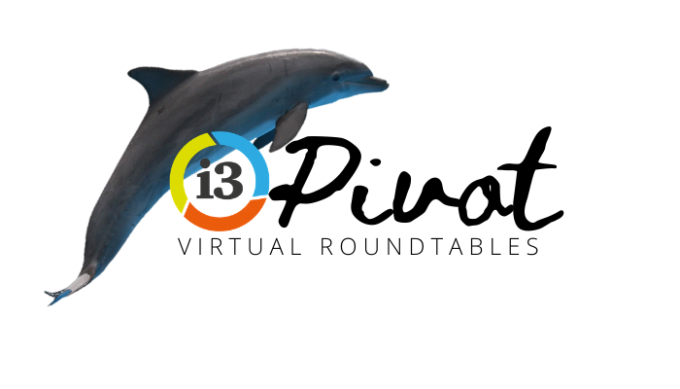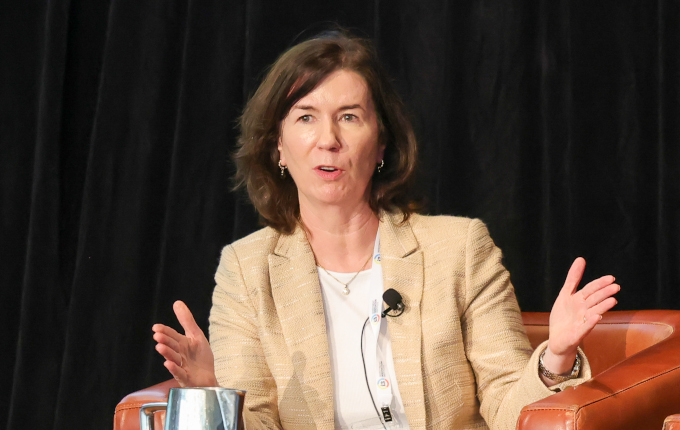Many superannuation funds have embraced the concept of universal asset ownership, and as such adopted an active engagement approach with the financial market, stakeholders and companies which they have invested in.
In partnership with Aberdeen Standard Investments, this investor roundtable will take stock of how asset owners implement their engagement strategies as part of their ESG approach, in fulfilling their fiduciary responsibilities to members and stakeholders.
The Stewardship Code
To help define the outcome and approach, the Australian Council of Superannuation Investors (ASCI) developed the Australian Asset Owner Stewardship Code, outlining six principles for asset owners
- Publicly disclose how they approach their stewardship responsibilities.
- Publicly disclose their policy for voting at company meetings and voting activity.
- Engage with companies (either directly, indirectly or both).
- Monitor asset managers’ stewardship activities.
- Encourage better alignment of the operation of the financial system and regulatory policy with the financial interests of long-term investors.
- Report to beneficiaries about their stewardship activities.
(Source: ASCI Website)
While these guidelines are certainly helpful, the asset owner still needs to prioritise areas of engagement and approach, working within the constraints of its resources.
Multitude of Areas for Engagement
There is a wide range of areas for asset owners to engage, of which climate change and executive remuneration seem the most prevalent. However climate change in itself can be further sub-divided into issues such as energy transition, deforestation, carbon disclosures, waste management, carbon emissions, financing arrangements etc.
Then there are human resource and labour related issues such as diversity, employee OH&S, modern slavery, etc.
In addition, there are also governance related matters, such as board diversity, succession planning, corporate communication and governance, …and the list goes on.
Picking your ‘Battles’?
How does the asset owner choose the area(s) for engagement? Is that subject to the fund’s membership demographics and constituency; operating philosophy and beliefs; or board preferences?
For example:
- Why would one asset owner demand the suspension of a mining company’s membership in an industry peak body (sometimes described as a political lobby), while another prefers to take a retail supermarket to task for potential violation of labour rights in its supply chain?
- Why would one asset owner specify that a financial institution reduce its underwriting exposure to fossil fuels, while another chooses to highlight the lack of gender diversity in the board composition of another company?
- Why would one asset owner support the (minority) shareholder resolution on an energy company’s climate transition plan, while another chooses to vote with management to oppose that same plan?
Engagement entails managing the delicate relationship with the board and executives of the investee company.
- What is the purpose of shareholder resolutions? Why do companies rarely or never support shareholder resolutions?
- How much of the engagement should be done behind the scenes? How do investors verify management claims and infer genuine intent? At what stage do investors decide to censure the board with an AGM resolution?
- Under what circumstances do investors decide to maintain support for the company management, despite ESG milestones not met? Is ‘access to management’ critical or overrated?
- To what extent are asset owners complementing or replacing their asset managers in proxy voting decisions? When and why should asset owners override their managers, who are usually more familiar with management decisions?
Above all, how do asset owners allocate their limited resources? Do they try to aggregate enough resources to make an impact in their chosen area(s), while making the trade-off to ignore other equally important areas?
What Gets Measured…
The overarching objective of these actions must relate to the preservation or enhancement of long-term investment value. Designing performance indicators is obviously important but stipulating clear targets in areas that are sometimes subjective or controversial adds to the complexity.
For example:
- Diversity is often defined in cognitive terms but rarely measured beyond the gender lens.
- Ascertaining ‘materiality’ is still a judgement call.
Good stewardship compels asset owners to fulfil their fiduciary responsibilities and exercise ownership rights in the companies they invest. Engagement is critical. But plotting the route is less straightforward.
We look forward to tackling some of these complex issues at the investor roundtable discussion.
Enquire about this event






